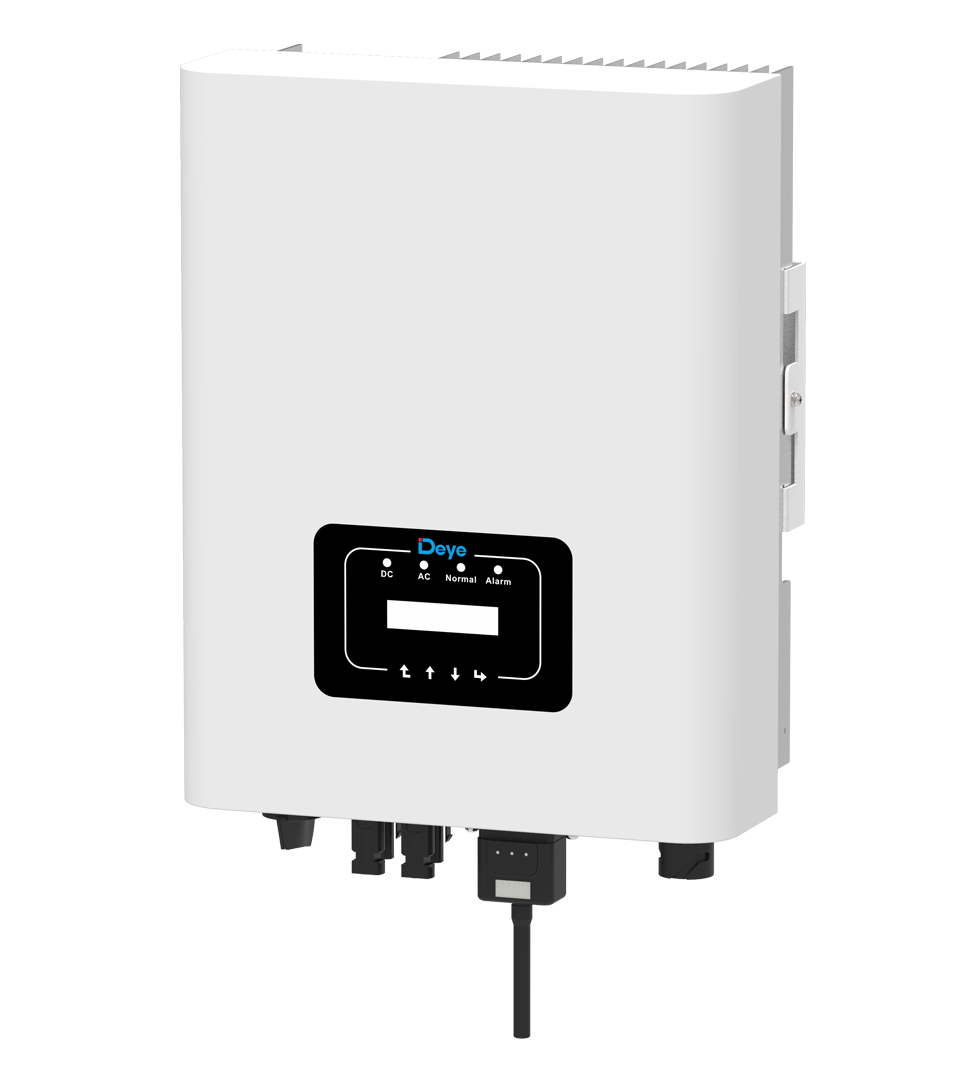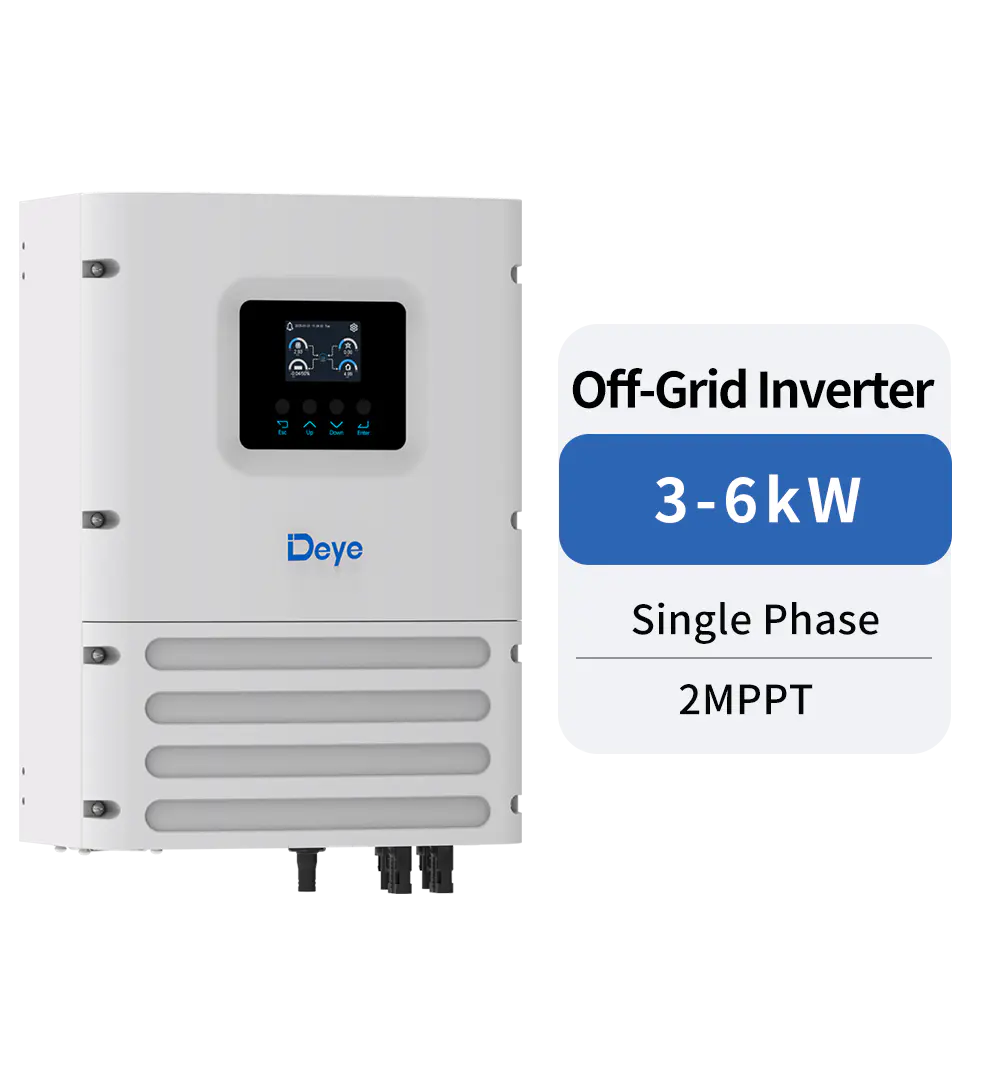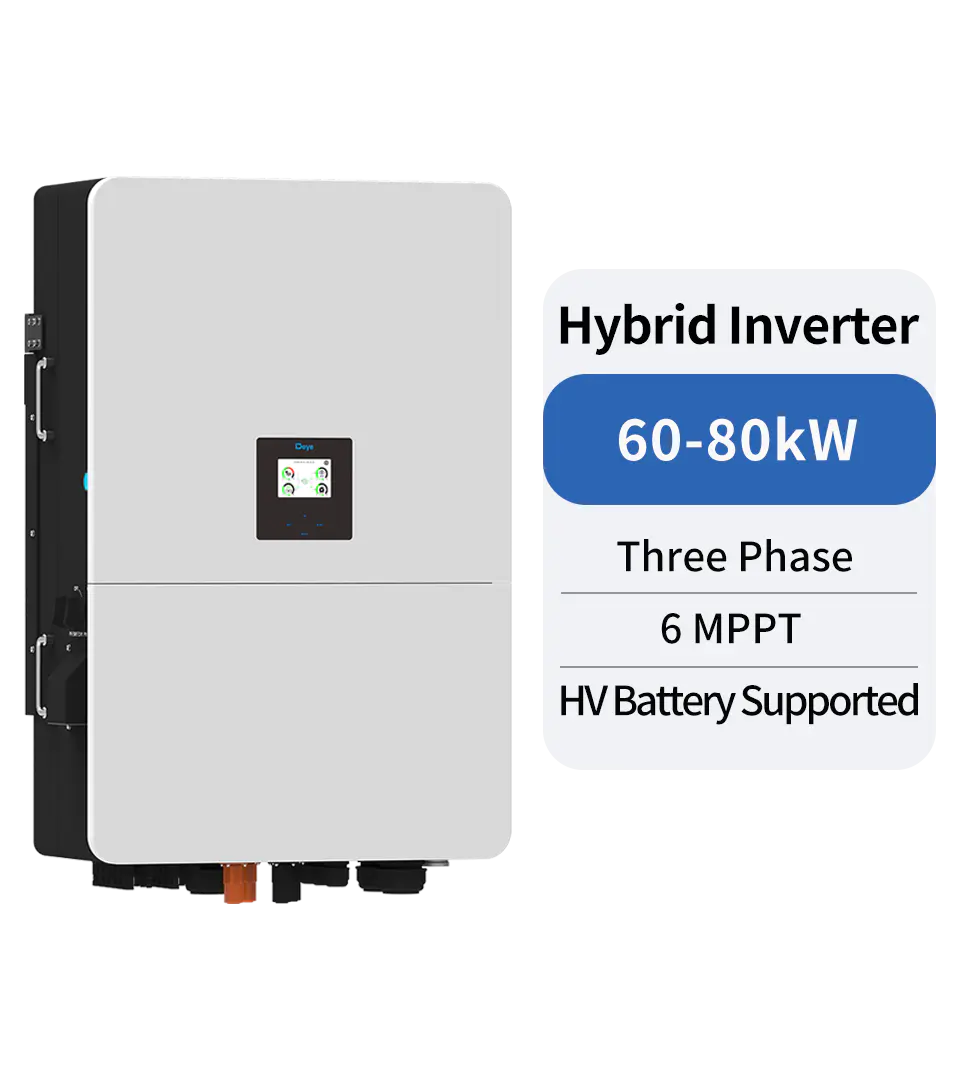Technical Topics
Boosting Efficiency With a Three Phase Inverter
If you're looking for a reliable way to boost the efficiency of a Three Phase inverter, you need to know that there are several important factors to consider.
During its normal operation, a Three Phase inverter is designed to run on two different dc bus voltages. The lower switch blocks the dc bus voltage while the upper switch conducts the phase-specific current. A diode anti-parallel to the switch conducts part of the switch's current. This distribution depends on the power factor of the load. To prevent this, the design of a Three Phase inverter should incorporate multiple switches.
A three-phase inverter is an important piece of equipment when building a solar power system. The inverter must be able to support a variety of input voltages, including 110, 220, and 400V. It should also support up to two MPP trackers, which allows it to adapt to a variety of power grids. The better three-phase inverter will give you power density and long operating hours.
While a three-phase inverter can operate on just one wire, conventional machines require multiple wires for each phase. A three-phase inverter also features a high input/output power characteristic that helps regulate the power from the DC side. The lower input/output voltage also reduces the amount of resistance on the input side. A three-phase inverter is also specifically designed for commercial and industrial appliances.
A three-phase inverter can be compared to a 3-cylinder engine, where the switches connected to the different phases alternate. The switches are connected to positive and negative points and are in a conduction mode. The timing between each phase is such that the phase is approximately 1/3 of a revolution behind the previous one. The 1st phase, Atop, is switched on 120 degrees later than the second phase, Btop. This is very simple.

In terms of efficiency, a three-phase inverter is the more cost-effective solution for a household or business. It is ideal for commercial and industrial purposes because it allows you to use more electricity from the grid while simultaneously providing back to the grid. Additionally, it's great for heating or cooling needs. Just be aware that it's also more expensive. In any case, you'll be glad you made the investment.
The benefits of a three-phase microinverter are numerous. First, it can eliminate the need for storage, since it can pick the wire closest to the operating voltage. Second, a three-phase microinverter eliminates the need for storage by switching to the next wire as the previous one approaches max. voltage. Third, a three-phase inverter reduces the amount of energy stored in one system compared to three single-phase inverters.
A three-phase inverter works by converting the input DC into three-phase AC. The arms of a three-phase inverter are each delayed by 120 degrees. During the switching process, each arm moves one-half-an-angle. This means that it can only switch on after a half-interval T/6. And because it can switch between two different voltages, it's better to install three-phase inverters if you're running multiple appliances.
A three-phase inverter can convert a variety of voltages between ac and dc. The input dc voltage of the inverter can come from any ac source, including the battery bank. Some applications may use a bank of batteries. A three-phase inverter can help to convert these voltages without distortion. There's no need to use a three-phase inverter if you don't need the frequency conversion.
Three-phase inverters are more effective when connecting solar panels to a three-phase power supply. These devices can be used to convert DC power from PV modules into three-phase AC power for use in appliances, lighting, and the grid. Three-phase inverters can have extra functions that optimize your PV array. In addition to being energy-efficient, these devices can be very useful in boosting the efficiency of solar power systems.
A three-phase solar inverter is a more complex device than single-phase inverters. Single-phase battery inverters can't keep the voltage of 230V throughout a cycle, and they can't be used with three-phase solar panels. The same holds true for a power storage system. If you need to run a generator and a three-phase inverter, you'll need three batteries.
PREV:Hybrid inverters to enable more efficient power generation
NEXT:About On Grid Inverter, off grid Inverter, inverter & optimizer
Share
Product recommendations
news recommendations
-

-
 Green Industry, Bright Future: Deye Distributor Summit – Dubai 2025 Concludes Successfully
Green Industry, Bright Future: Deye Distributor Summit – Dubai 2025 Concludes SuccessfullyIn November 2025, Deye Group successfully hosted the “Green Industry, Bright Future—Deye 2025 Dubai ...
-
 Deye’s Malaysia Johor Manufacturing Base Officially Breaks Ground — A Key Step Forward in Its Globalization Strategy
Deye’s Malaysia Johor Manufacturing Base Officially Breaks Ground — A Key Step Forward in Its Globalization StrategyOn October 2, 2024, Deye Group (hereinafter referred to as “the Company”) held a groundbreaking cer...

 China - 简体中文
China - 简体中文 Global - English
Global - English Brazil - Português
Brazil - Português Netherlands - Dutch
Netherlands - Dutch Italy - Italiano
Italy - Italiano Germany - Deutsch
Germany - Deutsch Spain - Español
Spain - Español France - Français
France - Français Vietnam - Tiếng Việt
Vietnam - Tiếng Việt Poland - Polski
Poland - Polski Australia - English
Australia - English


